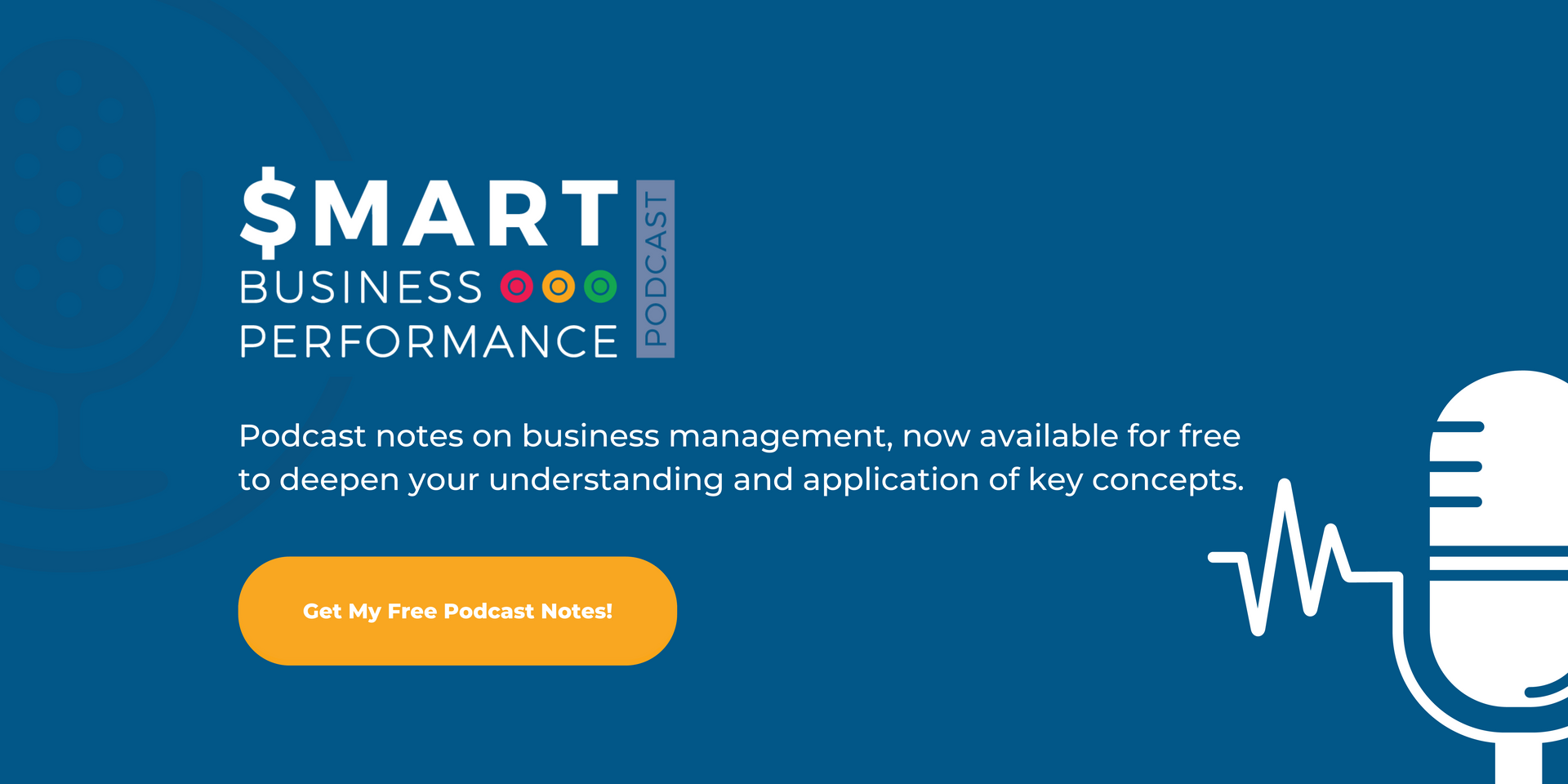SBP027: If cold calling is dead, how does The Cold Calling Company succeed at it?
SBP027: If cold calling is dead, how does The Cold Calling Company succeed at it?

People say that the topic of cold calling was dead many years ago.
Or… is it?
My guest today says, “false,” and by the end of this episode, you will be too!
In this of the Smart Business Performance Podcast, Roger talks with Chantell Kanes, Managing Director at The Cold Calling Company. She has a strong passion for sales consulting and lead generation.
She breaks down everything you need to know about the benefits of Cold calling. She definitely will revamp your thoughts about Cold calling by the end of this episode!
Tune in now and make sure to take away the notes with you!
Conversation Highlights:
[01:28] Cold calling is the only way to get through a potential prospect in a direct form. She explains that if executed and monitored correctly it’s definitely not dead!
[03:13] She describes Cold calling as the most cost-effective way to generate new leads and business. Cold calling directly targets specific people.
[07:10] There is no Cold calling without planning and preparation. The biggest part of Cold calling is to pass the gatekeeper. It takes blood to do this job!
[13:19] All goes down to preparations! You’ve got to be prepared and planned before even making the first call.
[16:50] You will definitely get 100 No’s every day! Chantell believes that everyone can be taught to cold call if they are having the right mindset.
[19:02] Cold calling is actually a full-time job because you need to follow-up on the calls you made the previous day. She explains that they decided to go virtual in order to manage their employees.
[23:12] Business owners choose the Cold Calling Company for monitoring and managing whether the B2B Cold calling is being executed correctly.
[28:40] They do Cold call to the whole of South Africa. They also have run some campaigns for UK and would be keen to help you out!
[30:13] Cold calling is not dead. If your preparations are correct, then you will be able to provide this service in a very cost-effective way.
[31:31] Chantell is passionate about Cold calling because at the end of the day she sees that it really does work.
Connect with Chantell:
- On LinkedIn
The Cold Calling Company website
Email her at chantell@coldcall-company.co.za
Phone her on: +27 71 275 6293
If you enjoyed this episode of the
Smart Business Performance Podcast, then make sure to subscribe to our podcast.



